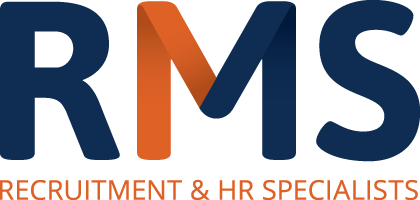
Guest post by Guy Kirkwood, COO and Chief Evangelist at UiPath
It will come as no surprise to hear that the UK is still embroiled in a productivity slump, in fact, it’s something that businesses have had to contend with for a number of years. The most recent statistics from the Office for National Statistics (ONS) show that labour productivity remains weak and lower than pre-crisis levels, making it more crucial than ever for businesses to find a solution.
HR departments will be pivotal to turning the situation around. These teams are relied upon to conduct real-time performance reviews, staffing analyses and employee mood indicators, so when a workforce is hit by a productivity slump, their jobs become a lot harder. A happy workforce is a productive workforce, but what measures can businesses take to turn this idea into reality?
The answer lies in addressing the nature of the tasks that many of these employees are carrying out from day to day. This is where Robotic Process Automation (RPA) will play a vital role.
The productivity slump
For many people in the working world, their day-to-day tasks are weighed down by the manual burden of administrative tasks that take up the majority of their time. As a direct consequence, many have little time to focus on the creative tasks that can add value to the business as well as to their own mood and productivity. In fact, a recent Kronos study found that admin and process driven tasks were taking up seven per cent of the average working week. Workers involved in the Kronos research pointed to reducing administration and paperwork through automation as the optimal solution for tackling this issue.
In the first instance, the implementation of RPA gives business and their employees a chance to earn this time and money back. In contrast to the commonly held concerns that robots will take over human jobs when introduced into the workplace, this proves that humans and robots can operate hand in hand to actually improve the working lives of people and take great strides towards easing the productivity problem.
Making human work more creative
Allowing employees to engage with more creative tasks can have a significant positive impact on their overall wellbeing and attitudes towards work. Many people enter a profession because it is a commercially viable way of living out their own creative aspirations. As such, people are driven to succeed through making individual contributions and using their own initiative to improve ways of working and drive business growth.
This means that improving employee satisfaction and boosting productivity can often be achieved by something as simple as providing an environment that fosters creativity. One of the best ways to do this is to remove the burden of monotonous, everyday tasks that tend to creep into the working day regardless of role or level of seniority.
We are already seeing the impact that automation is having across multiple industries, including Insurance and Financial Services. Accenture has found that deploying RPA can free up 25-30 percent of employee capacity, time that can be used to improve relationship building with customers and deliver better insight into what consumers are expecting from them as an insurance business. We are just scratching the surface of the wealth of use cases for this technology, across every sector.
A more efficient workforce
A workforce’s output will also be improved by technology that will allow it to move at the speed its customers demand. Nobody wants to work in an environment where they are constantly under pressure from customers due to the technological deficiencies that they are having to surmount. RPA provides the vehicle through which organisations can avoid such shortcomings. Given that a robot can complete 3-5 times the work that a human employee can, 24 hours a day, seven days a week, those who are working with the robots know that their business can move quickly to deliver the best level of service possible to customers. The peace of mind that this provides to employees is invaluable.
Working in tandem with people, robots can hold the key to organisations taking huge strides in overcoming the productivity issue, purely by making work more creative. This is not just a technological change, it is a change in culture that can have a huge impact for generations to come.
Guy Kirkwood is an evangelist on intelligent automation and RPA. He has 20 years’ experience in outsourcing and a particular interest in the future of shared services and BPO.
The post Finding a creative solution to the productivity problem appeared first on HR News.



